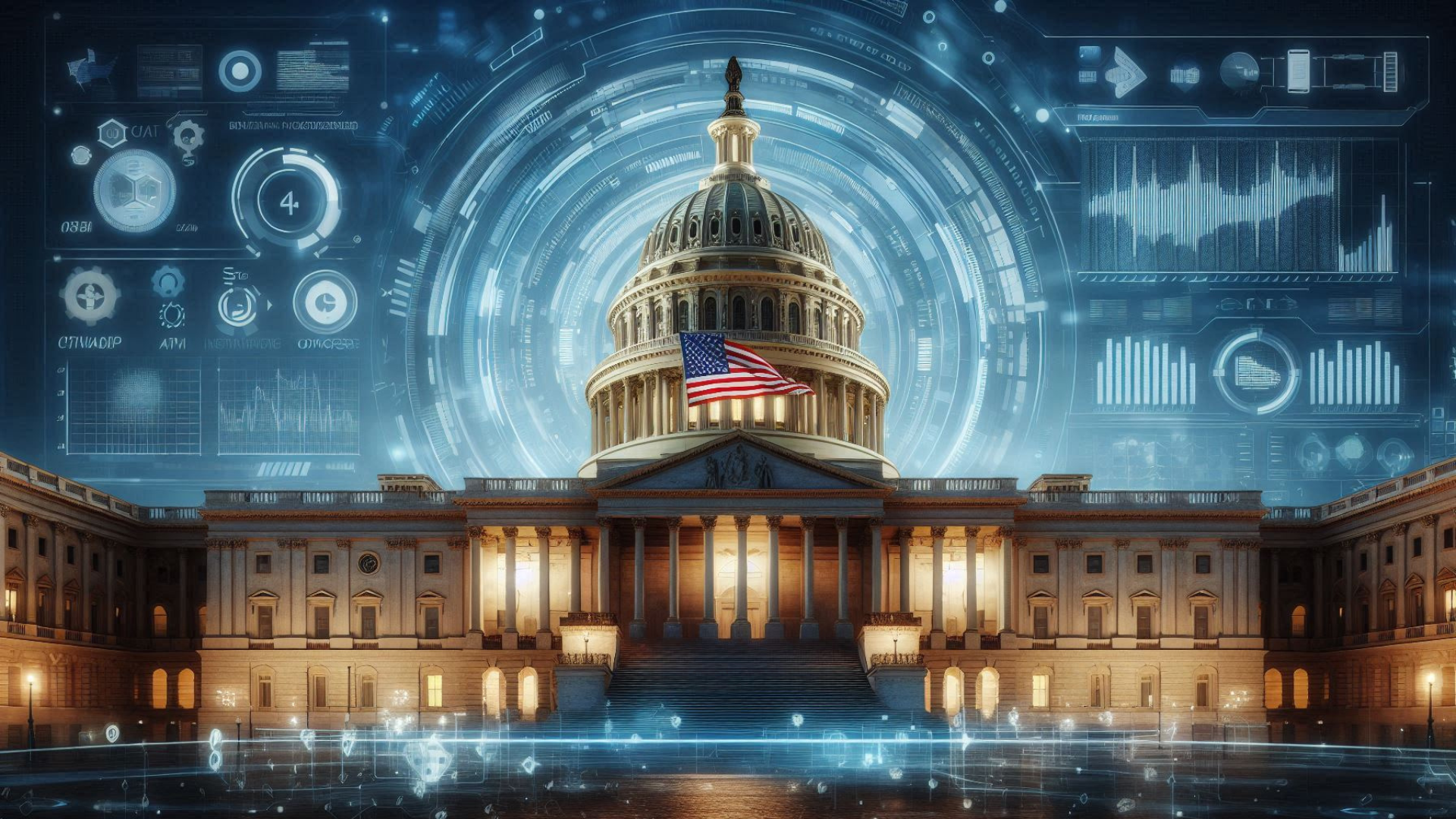Summary: What risk do U.S. banks see in the GENIUS Act’s stablecoin rules?
U.S. banks warn that a loophole could let stablecoin affiliates pay yields, bypassing the law. This may trigger massive withdrawals from traditional banks, reducing credit flow. If unaddressed, it could raise borrowing costs and limit loans for businesses and households.
Several U.S. banking organizations, spearheaded by the Bank Policy Institute (BPI), have called on Congress to close a “loophole” in the GENIUS Act that could allow stablecoin issuers and their affiliates to offer interest or yields indirectly.
In a letter to Congress, the advocacy group warned that failure to address this loophole could impede credit flow to American businesses and households. They added that it could result in as much as $6.6 trillion in withdrawals from the traditional banking system.
“With affiliates of stablecoin issuers or exchanges still being able to pay interest on stablecoins, the risk of significant deposit flight is even greater,” the letter stated.
Related: US Lawmakers Propose Tax Breaks for Small Stablecoin Payments and Staking
While the GENIUS Act prevents stablecoin issuers from paying interest or yields directly to token holders, it does not clearly prohibit crypto exchanges or affiliated firms from doing so. Banking groups warned this gap could allow issuers to bypass the law by distributing yields through these partners.
“The result will be greater deposit flight risk, especially in times of stress, that will undermine credit creation throughout the economy,” the letter stated. “The corresponding reduction in credit supply means higher interest rates, fewer loans, and increased costs for Main Street businesses and households,” it added.
The letter was co-signed by the American Bankers Association, the Consumer Bankers Association, the Independent Community Bankers of America, and the Financial Services Forum.
Related: Trump Vows 1,600 New Power Plants to Slash US Electricity Costs Fast
The GENIUS Act, officially signed into law on July 18, 2025, establishes the first comprehensive federal framework for regulating stablecoins in the United States. The legislation requires stablecoins to be fully backed by low-risk assets, such as U.S. dollars or short-term Treasury securities, and mandates monthly disclosure of reserve holdings by issuers.
The legislation is designed to improve transparency and strengthen stability within the expanding stablecoin market, which analysts project could grow to $2 trillion by 2028.
As lawmakers and regulators continue to fine-tune stablecoin oversight, the industry faces a pivotal moment. How these policies are implemented will not only shape the behavior of issuers and exchanges but also influence the broader adoption and integration of digital assets within the U.S. financial system.












